Scrap Grabs
Its robust construction and advanced hydraulic capabilities make it a top choice for industries requiring high-performance and durability.
- Hydraulic Operation
- Versatile Gripping
- Fixed/Excavator Scrap Grapple
- High Load Capacity
- Precision and Control
- Ease of Maintenance
Why a Grab for Handling Scrap?
Using a grab for handling scrap offers numerous advantages, especially in industrial and recycling settings.
Here are some key reasons why a scrap grab is an essential tool for scrap management:
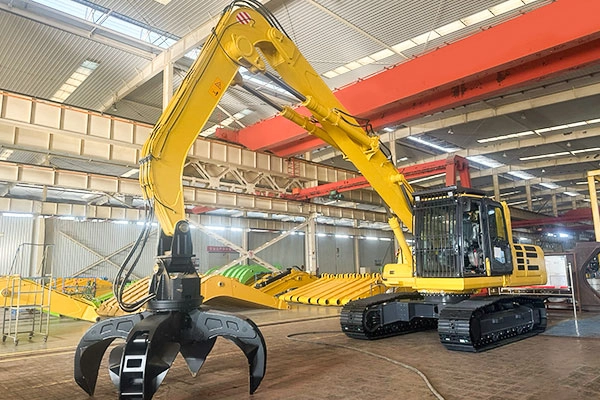
Efficiency
Grabs efficiently manage large scrap volumes, enhancing productivity and easing the handling of bulky or irregular items.
Safety
Handling scrap involves risks like sharp edges and toxic substances. Grabs help operators stay safe by keeping a distance, reducing injury risks.
Cost-Effectiveness
Grabs streamline scrap handling, reducing time and labor costs. They also minimize material damage, preserving recycling value.
Precision
Hydraulic grabs offer enhanced control for precise movement and placement of scrap, key for efficient sorting in recycling operations.
Versatility
Hydraulic orange peel grabbers handle diverse materials, making them ideal for various industries.
Environmentally Friendly
Grabs enhance scrap handling and sorting, aiding effective recycling & reducing landfill, which benefits the environment.
In summary, using scrap grabs for handling scrap not only enhances operational efficiency and safety but also supports cost-effective and environmentally responsible waste management practices.
Applications of Scrap Grabber
Scrap Grabbers are essential tools in various industries, particularly those involved in handling and processing different forms of waste and raw materials.
Here’s a closer look at their diverse applications:
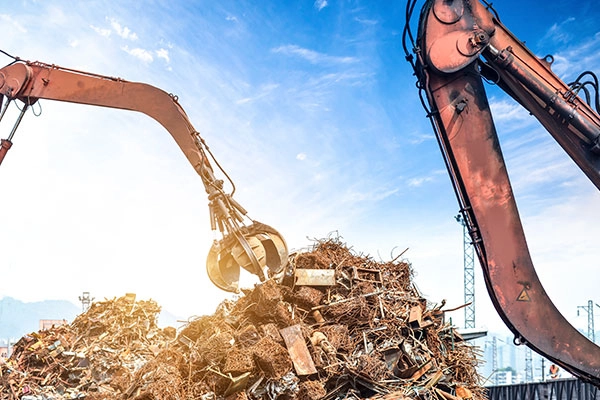
Recycling Facilities
Scrap grabbers efficiently handle and sort various metals, which speeds up processing and reduces labor costs.
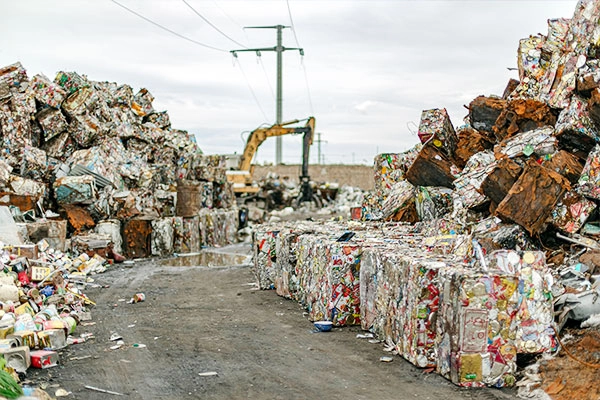
Scrap Yards
Scrap grabbers efficiently handle and sort various metals, which speeds up processing and reduces labor costs.
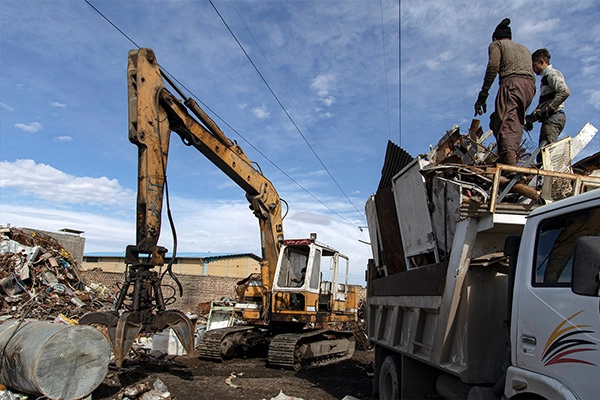
Construction and Demolition
They are used to remove and sort debris efficiently, helping to clear sites faster and repurpose usable materials..
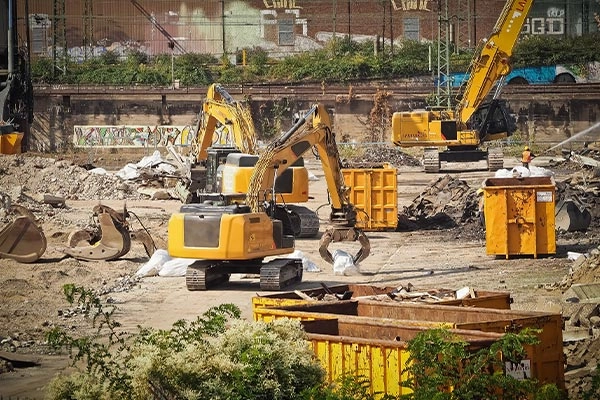
Waste Management
In waste processing plants, scrap grabbers handle large volumes of waste, reducing the need for manual sorting & increasing operational safety.

Port Operations
Used for loading and unloading bulk materials such as scrap metal, contributing to faster turnaround times.
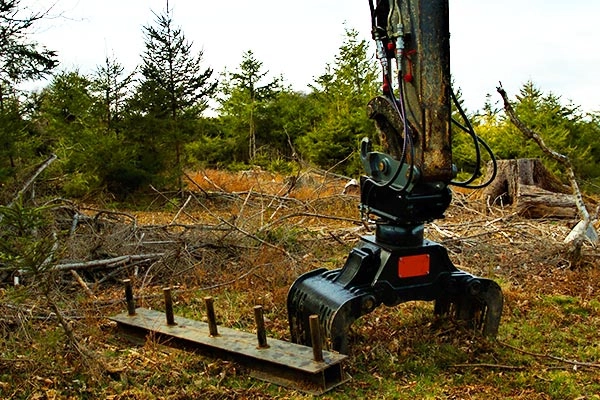
Timber and Logging
Scrap grabbers also manage logs and other wooden materials, helping to transport and load timber efficiently.
Orange Peel Grabs
The Orange Peel Grab, also known as a Cactus Grab or Polyp Grab, is a specialized mechanical grabber used primarily in construction and industrial settings. It features multiple hinged jaws that resemble the segments of an orange peel or the arms of a cactus, which allow it to grip and handle bulk materials effectively.
Typically attached to heavy machinery like cranes or excavators, these grabs can operate either hydraulically or mechanically. They are essential for moving and securing uneven and irregularly shaped materials such as scrap metal, waste, rocks, or logs, enhancing efficiency and security in material handling tasks.
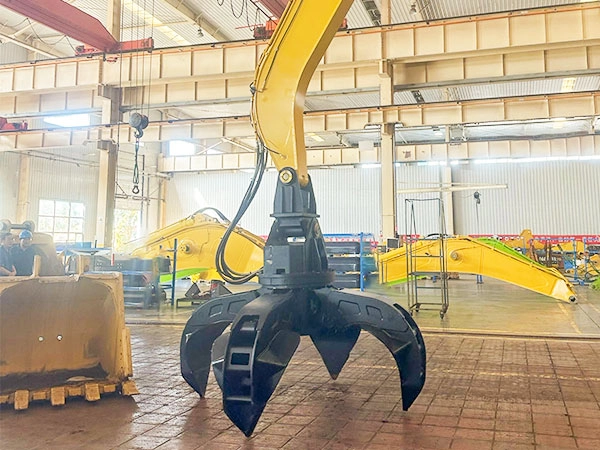
Type of Our Hydraulic Srcap Grabs
1. Fixed Scrap Grapple
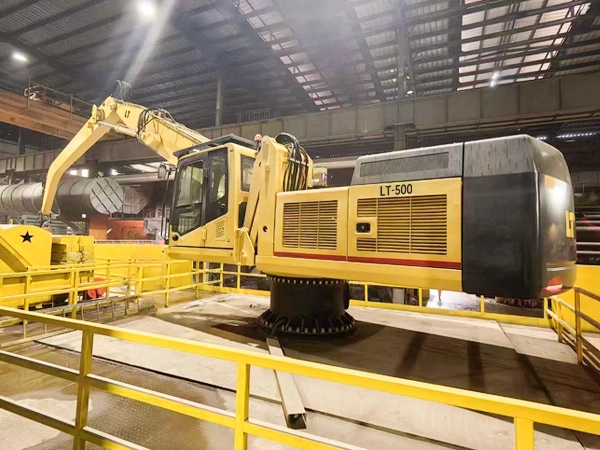
A Fixed Steel Grab Machine is an important piece of engineering machinery that operates using hydraulic components like hydraulic pumps, cylinders, and motors.
This equipment is known for its compact structure, smooth transmission, flexible control, simple operation, reliable performance, and rapid material handling capabilities. It’s widely used in engineering construction and is a vital piece of machinery in steel enterprises.
Purpose
The Fixed Steel Grab Machine is a type of material handling equipment primarily used for grabbing and loading various materials such as scrap metal, waste steel, finished steel bars, industrial waste, rubble, construction debris, and household garbage.
It finds extensive application in recycling plants, large steel mills, metallurgy, ports, docks, and scrap steel processing centers.
Features
Low initial investment: Customizable operational radius to meet different site requirements.
Powered by an electrical system, offering energy efficiency and environmental friendliness, with low operational costs.
A wide range of grab specifications to meet various operational needs of the steel grab machine.
The use of a hydraulic system significantly enhances product performance and operational reliability.
Equipped with a high-position rotating tower, it can directly feed metal balers, gantry shears, and crushing lines, eliminating the need for conveyor belts.
Compact arrangement of internal hydraulic devices, using imported components for high safety, stable work, and a long service life.
Technical Specifications
| Model | Maximum grabbingbr distance(mm) | Power (kw) | Turning speed(r/min) | Working pressure (Mpa) | Grab bucket capacity(m³) |
| LT-130 | 8180 | 37 | 12.6 | 34.3 | 0.4(four claws) |
| LT-210 | 9630 | 55 | 10.4 | 34.3 | 0.4 (four claws) |
| LT-240 | 9990 | 140 | 10.3 | 34.3 | 0.4 (four claws) |
| LT-360 | 12066 | 200 | 9.7 | 34.3 | 0.4 (four claws) |
2.Excavator Scrap Grapple
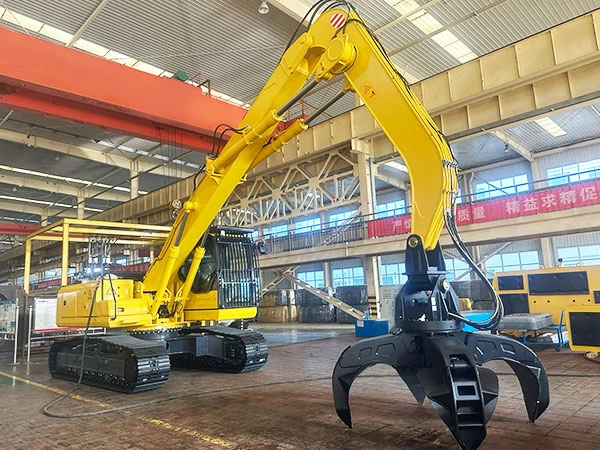
An Excavator Scrap Grapple is a specialized attachment for excavators used primarily in the handling and processing of scrap materials.
This tool is essential in industries like recycling, demolition, and construction.
Features
Design and Structure: Robust design with heavy-duty tines that are hydraulically operated, allowing it to handle heavy, irregular materials efficiently.
Functionality: The primary function of a scrap grapple is to pick up, hold, and move various types of scrap materials.
Hydraulic Operation: Most excavator scrap grapples are hydraulic, providing the power and precision needed to control the tines when handling various scrap materials.
Attachment and Compatibility: The grapple connects to the excavator through a coupler, making it interchangeable based on the excavator’s size and hydraulic capacity.
Applications: These grapples are essential in recycling centers, demolition sites, scrap yards, and construction sites for sorting, loading, and unloading scrap and debris.
Durability and Maintenance: Scrap grapples are durable for heavy use but need regular maintenance, particularly for hydraulic parts and tine wear points, to ensure optimal performance.
Technical Specifications
| Model | Maximum grabbing distance(mm) | Power(kw) | Working speed (high/low)(km/h) | Turning speed(r/min) | Working pressure (Mpa) | Grab bucket capacity(m³) |
| LT-130 | 8180 | 37 | 5.3/3.1 | 12.6 | 34.3 | 0.4(four claws) |
| LT-210 | 9630 | 55 | 5.7/3.1 | 10.4 | 34.3 | 0.4 (four claws) |
| LT-240 | 9990 | 140 | 4.2/2.6 | 10.3 | 34.3 | 0.4 (four claws) |
| LT-360 | 12066 | 200 | 6.8/4.2 | 9.7 | 34.3 | 0.4 (four claws) |
